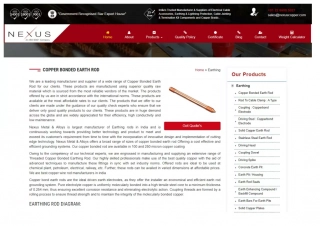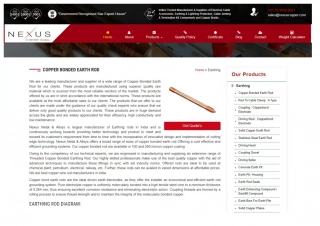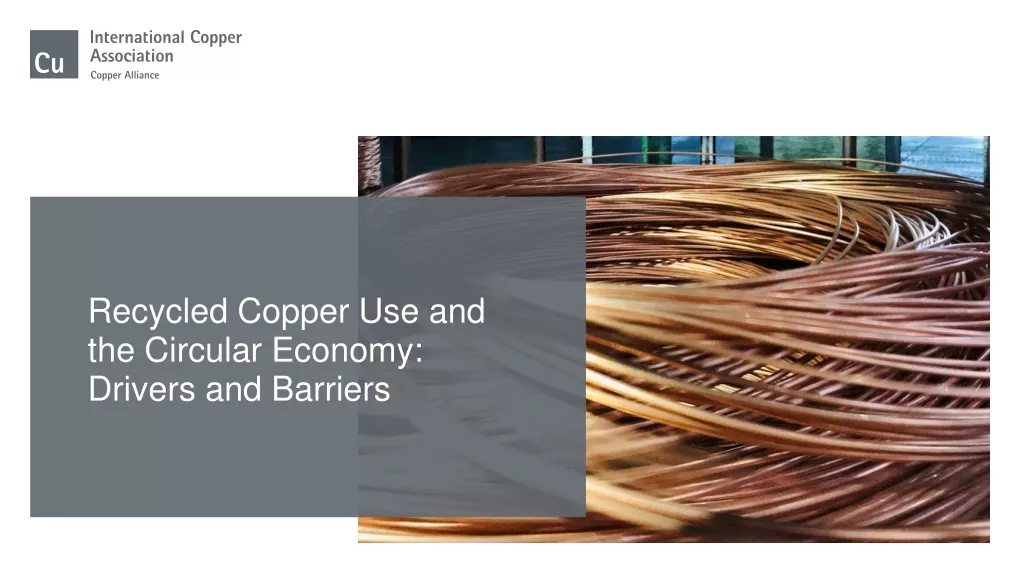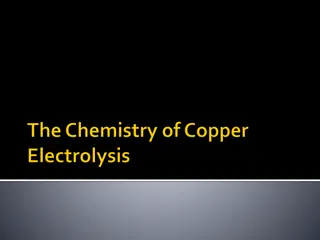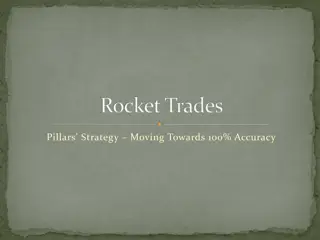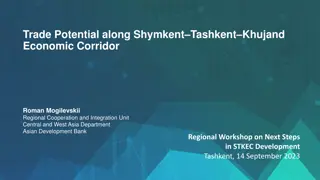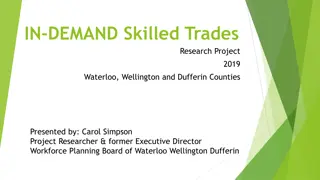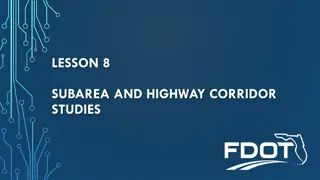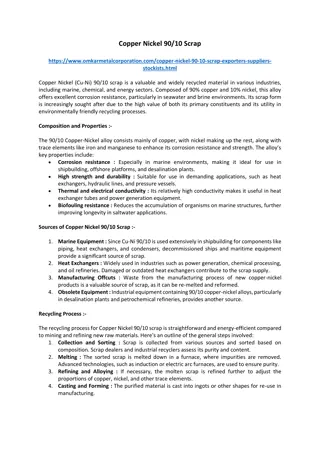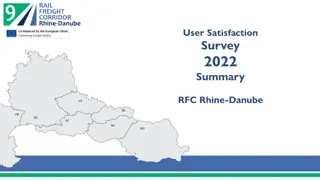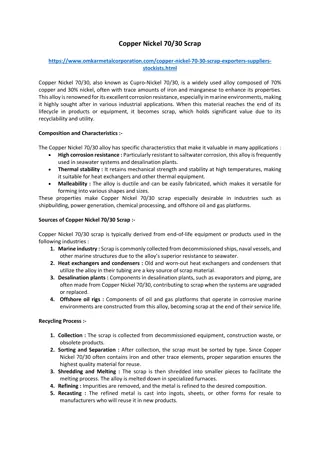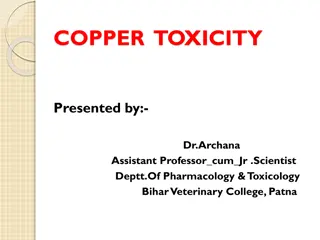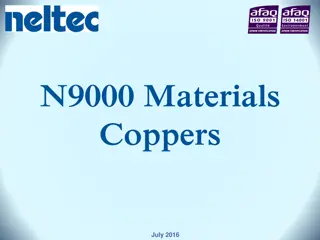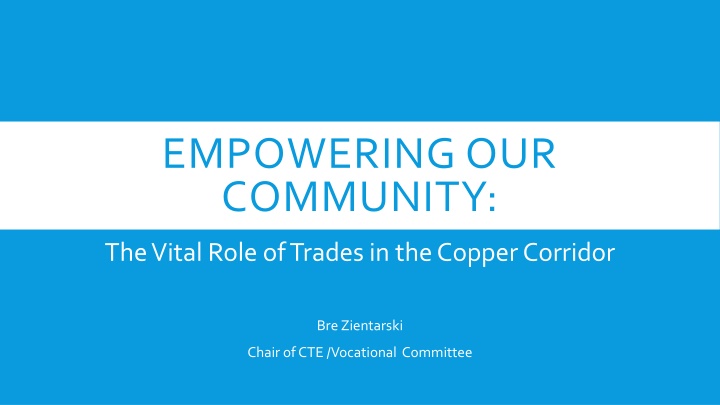
Empowering Trades in Copper Corridor
Trades play a vital role in building and sustaining communities in the Copper Corridor. Efforts are focused on attracting and training the next generation of tradespeople, adapting to technological advancements, and diversifying skills for emerging industries. With challenges like an aging workforce and the need for recruitment and training, there is a push to empower the community through skilled trades.
Download Presentation

Please find below an Image/Link to download the presentation.
The content on the website is provided AS IS for your information and personal use only. It may not be sold, licensed, or shared on other websites without obtaining consent from the author. If you encounter any issues during the download, it is possible that the publisher has removed the file from their server.
You are allowed to download the files provided on this website for personal or commercial use, subject to the condition that they are used lawfully. All files are the property of their respective owners.
The content on the website is provided AS IS for your information and personal use only. It may not be sold, licensed, or shared on other websites without obtaining consent from the author.
E N D
Presentation Transcript
EMPOWERING OUR COMMUNITY: The Vital Role of Trades in the Copper Corridor Bre Zientarski Chair of CTE /Vocational Committee
FOCUS OF CTE/VOCATIONAL COMMITTEE ROTARY CLUB OF SADDLEBROOKE Utilizing our Club s Professional Experience for Career Development in the Copper Corridor Minimize barriers for young people in Copper Corridor gain access to achieve their career goals, specifically in the trades via partnering with schools and Career Path Awards Connect trade small business owners with workers Year End Awards Business of the Year, Citizen of the Year and Teacher of the Year Increase Awareness of TRVFA. BOTH aspects: For financial support (Tax Credit) For those receiving (Applicants)
BACKGROUND: COPPER CORRIDOR & EDUCATION
WHAT ARE THE TRADES? ESSENTIAL ROLE TRADES PLAY IN BUILDING AND SUSTAINING COMMUNITIES 1. Information Technology (IT) Specialists: - Network Technicians -Cybersecurity Analysts -Systems Administrators 2. Healthcare Professions: - Registered Nurses - Medical Laboratory Technicians - Respiratory Therapists 3.Construction and Building Trades: -Carpenters - Masons - Roofers 4. Manufacturing and Engineering: -CNC Machinists -Welders - Maintenance Technicians 5. Transportation and Logistics: -Truck Drivers -Aircraft Mechanics - Diesel Technicians 6. Energy and Utilities: -Solar Panel Installers -Wind Turbine Technicians - Power Plant Operators 7. Electrical and Electronics: - Electricians - Electronics Technicians -Automation Technicians 8. Mechanical Trades: - HVAC Technicians - Plumbers -Auto Mechanics 9. Culinary Arts and Hospitality: -Chefs - Pastry Chefs - Hotel and Restaurant Managers 10. Skilled Crafts: -Upholsterers -Woodworkers -Glassblowers 11. Creative and Design Professions: -Graphic Designers -Web Developers - Multimedia Artists 12. Agriculture and Environmental Trades: -Agricultural Technicians - Environmental Technicians - Forestry Workers 13. Metalworking and Fabrication: - Metal Fabricators -Sheet Metal Workers - Foundry Workers 14. Health and Personal Care Services: - Dental Hygienists - Personal Care Aides - Massage Therapists
SPECIFIC CHALLENGES AND NEEDS FOR CAREER & TECHNICAL TRADES IN COPPER CORRIDOR 1. Workforce Aging: Many skilled trades professionals in the region may be approaching retirement, leading to a potential shortage of experienced workers. There is a need for efforts to attract and train the next generation of tradespeople. 2. Recruitment and Training: Attracting individuals to pursue careers in trades and providing adequate training opportunities are crucial. 3. Technological Advancements: The trades industry is evolving with technology, and workers need to adapt to new tools and techniques. Training programs that incorporate modern technologies can enhance the skills of trades professionals in the Copper Corridor. 4. Diversification of Skills: While historically tied to mining, the Copper Corridor may benefit from a diversification of skills to support emerging industries. Encouraging a broader range of trade skills, including those related to renewable energy or technology, can enhance economic resilience.
5. Community Awareness: Raising awareness about the diverse and rewarding career opportunities in trades is crucial. Many individuals may not be fully informed about the possibilities, and educational campaigns can help address this gap. 6. Access to Apprenticeships: Apprenticeships provide valuable hands-on experience, yet there may be challenges in ensuring widespread access to apprenticeship programs. Encouraging businesses to offer apprenticeships can address this need. 7. Small Business Support: Tradespeople who operate small businesses, such as construction or repair services, may benefit from additional support in terms of access to capital, business training, and networking opportunities.
MISCONCEPTIONS & STEREOTYPES 1. Misconception: Low Earning Potential - **Reality:** Many skilled trades offer competitive salaries. Skilled professionals, especially those with experience and specialized certifications, can earn high wages. 2. Misconception: Lack of Job Security - **Reality:** Skilled trades often provide excellent job security. The demand for skilled workers remains high, and these jobs are often less susceptible to outsourcing. 3. Misconception: Physically Demanding Only - **Reality:** While some trades involve physical work, others require technical skills and problem-solving. Advancements in technology have introduced automation and made certain trades less physically demanding. 4. Misconception: Trades Are for Those Who Couldn't Succeed Academically** - **Reality:** Success in skilled trades requires intelligence, problem-solving skills, and technical know-how. Many trade professionals excel academically and intellectually.
COMMITTEE PROJECT: CAREER PATH AWARD Goal: to minimize barriers for young people to gain access to a higher wage job as a career path. We have made great progress in this areas of focus, and we recognize there is still more to work through and accomplish. We plan to continue to collaborate with the schools, other committees within our club as well as the club & foundation boards. Our committee is very excited about this project & will continue to make ongoing efforts to further enhance this initiative! Bill Olfert The perfect Rotarian for this task! A former high school teacher, Principle, as well as holding other education related positions with the Governor s offices in Montana and Washington State, Director of the Washington State Workforce Education Coordinating Board, Vice-President of a 17,000 student Technical College, a partnership in a national education research and planning firm where he directed a team of innovative educators developing integrated STEM (Science, Technology, Engineering and Math) curriculum that has been implemented in K-12 schools in all 50 states. A HUGE thank you for his time, hard work & diligence in working through this project!

